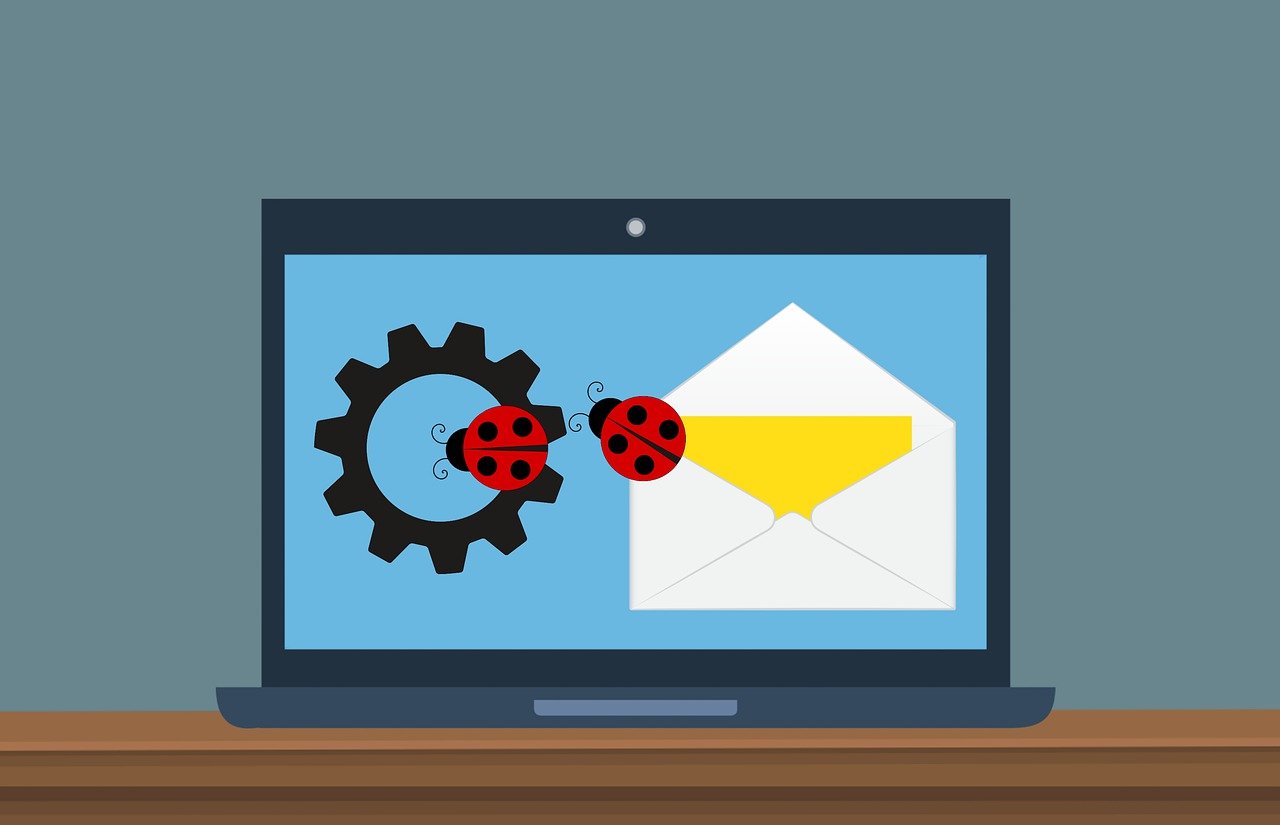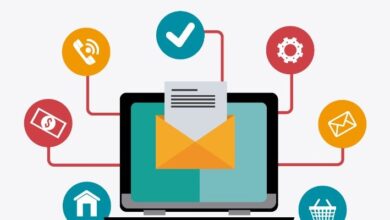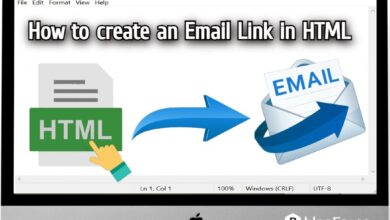Strengthening Email Security Without Compromising User Experience
Keeping emails safe from hackers is a constant battle in today’s online world. People trying to make email more secure sometimes need help: making things safer can make them more challenging for users to understand and use.
But keeping emails safe is essential without making them difficult to operate. Safe emails help protect private information and keep customers’ trust.
Finding the right balance between strong security and easy-to-use systems is critical. Let’s talk about ways to improve email security without making it challenging for users.
Strategies for Securing Emails Without Compromising User Experience
Here are some steps for strengthening email security without compromising user experience:
Implement Two-Factor Authentication (2FA)
Two-factor authentication (2FA) makes email safer without making it harder for users. It asks users to show two kinds of proof before getting into their accounts. This extra step helps keep accounts secure, even if someone else knows the password.
The second proof could be a unique code sent to their phone or made by an app. With 2FA, companies can better protect emails from hackers while keeping things easy for users.
Utilize End-to-End Encryption
End-to-end encryption is vital to keeping email safe without making it harder for people to use. This method ensures that only the person sending the email, and the one meant to receive it can see what’s inside, even if someone else gets hold of it while it’s being sent.
Using this kind of encryption, important information stays private and secure, which helps businesses build trust with their customers. Adding end-to-end encryption into email systems helps ensure they can be used.
Deploy Advanced Threat Protection Solutions
Strong security tools are essential for keeping emails safe without bothering users. By checking and blocking these tools, they help stop dangers like fake emails, harmful software and demands ransom money.
This makes sure the email space stays secure. A tool called DomainKeys Identified Mail (DKIM) checks if an email is genuine to avoid trickery with website names. Another one, Domain-based Message Authentication, Reporting, and Conformance (DMARC), fights off fake email attempts by ensuring emails are genuine.
Brand Indicators for Message Identification (BIMI) makes it easier to see which company an email comes from when it’s verified as authentic. Multi-Protocol Transport Layer Security (MTA-STS) keeps email messages secret by encrypting them during sending.
It’s also crucial to regularly check these DKIM signatures and DMARC checkers to keep everything running smoothly and spot any odd activities early on. Putting these actions first helps things run without issues while guarding against online threats.
Implementing DMARC for popular email services like DMARC for Gmail is essential for comprehensive email security.
Conduct Regular Security Awareness Training
Regular Security Awareness Training helps make email safer and keeps things accessible for users. Teaching workers the best ways to handle email safely, what dangers to look out for, and how to spot dodgy emails helps them keep important information safe.
Creating a workplace where everyone knows about security can help stop attacks through emails like phishing or tricks that try to fool you. This training ensures people stay alert, keeps their work down, and makes things easier.
Enforce Strong Password Policies
Making email safe is very important, and one way to do this without making it hard for users is by having strong password rules. If businesses make their employees create complex passwords that are difficult to figure out, it helps keep unwanted people from getting into email accounts.
Also, changing passwords often and not using the same password for different accounts makes things even safer.
While these rigid password rules can help protect emails better, companies need to ensure they’re making it easy for users to get into their emails quickly.
Employ Email Filtering and Anti-Spam Measures
Using email filters and anti-spam tools is very important to keep nasty emails and harmful stuff away, ensuring people have a good experience with their email. These tools work by spotting and setting aside dodgy or unwanted emails before they get to someone’s inbox.
This helps lower the chance of someone accidentally clicking on dangerous links or downloading files that could harm their computer.
By keeping out spam, tricks trying to fool you into giving personal information (phishing), and nasty attachments, companies can keep their email safe without messing up how everyone works day-to-day.
Scam apps can be a real nuisance, bombarding you with unwanted ads or even stealing your data. While some smartphones have built-in spam filters, a dedicated scam app detector can offer an extra layer of security. These apps analyze downloaded applications, checking for red flags like excessive permissions requests, unusual battery drain, or suspicious links. By identifying these characteristics, they can warn you before you install a harmful app.
Enable Account Lockout Policies
Turning on Account Lockout Policies helps keep email accounts safe without making things more complicated for users.
These policies lock an account if someone tries to log in and fails too many times, stopping hackers from breaking in by guessing passwords over and over. Companies use these rules to make their systems more secure but make it easy for actual users to get into their accounts without hassle.
Monitor Suspicious Activity in Real-Time
Keeping an eye on email activity as it happens is essential for spotting security risks quickly and dealing with them without messing up how people use their emails.
Suppose businesses watch out for strange sign-ins, unexpected email forwarding rules, or many emails being sent simultaneously. In that case, they can spot security issues early and fix them before things worsen.
By checking on these things in real time, businesses can handle security problems fast without stopping users from getting into their emails or doing their work correctly.
Regularly Update Security Software and Patches
Keeping your security software updated and fixing any issues is crucial for keeping your emails safe without causing user problems. When businesses ensure they have the newest security updates, they can protect themselves from known dangers and lower the chance of cyber-attacks that take advantage of old software.
Updating regularly helps keep email systems safe from new threats and ensures users can keep working smoothly without interruptions.
Establish Access Control Mechanisms
Putting rules for who can get into certain email accounts and data helps companies keep important information safe while ensuring people can still do their jobs well. Based on their job, these rules decide what each person is allowed to see or use, so only the right people get access to sensitive stuff.
This lowers the chance of someone stealing data or insiders causing harm. By utilizing these safety measures, businesses can look after their important emails without getting in the way of work being done smoothly.
Final Words
In conclusion, prioritizing email security measures is paramount in safeguarding sensitive information without disrupting user experience. By implementing robust protocols, businesses can mitigate risks while ensuring seamless communication.
Regular security training and updates further enhance defenses against evolving threats. For comprehensive email security solutions, consider leveraging PowerDMARC’s advanced authentication platform.
With PowerDMARC, protect your emails from spoofing and phishing attacks effectively. It’s like a superhero for your email security.





